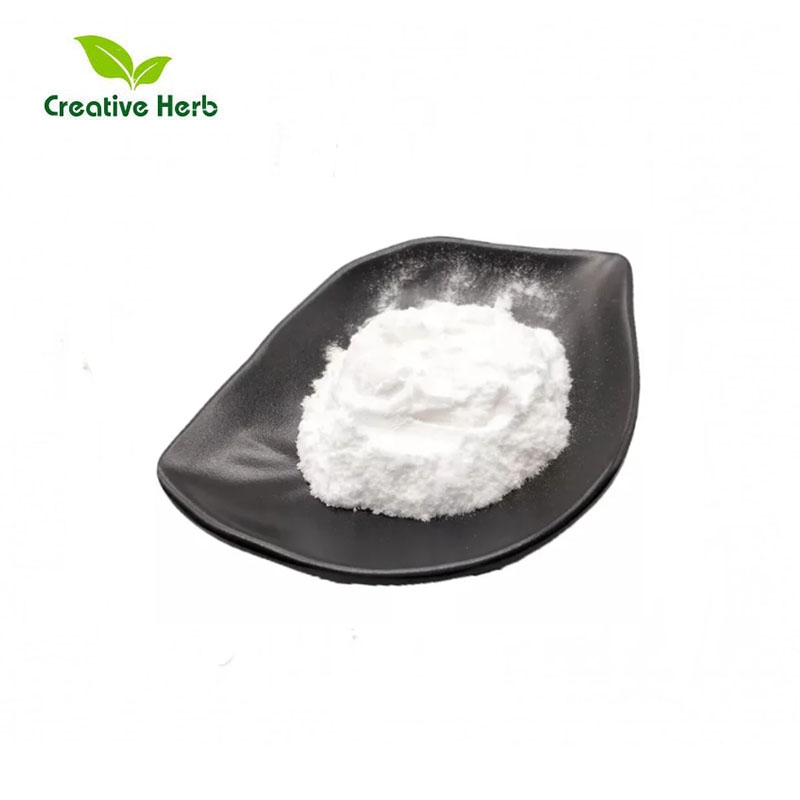Immunology: study to determine the therapeutic target of sepsis
-
Last Update: 2019-05-13
-
Source: Internet
-
Author: User
Search more information of high quality chemicals, good prices and reliable suppliers, visit
www.echemi.com
May 13, 2019 / BIOON / - septicemia is a disease that few patients have heard of, but most doctors are afraid of The human body's response to bacterial attack may lead to a series of cell self destruction, unintentionally leading to blood clots, multiple organ failure and death The immune system functions like a bean eater, using white blood cells to hunt down "bad guys" and launch attacks and counterattacks In extreme cases, however, white blood cells commit some form of abdominal suicide, triggering their own deaths and trying to eliminate infection Sometimes it works, but when it doesn't, complications can be dangerous The arsenal of weapons to treat severe sepsis is so small that doctors have little choice but antibiotics, fluids and hope Exciting new research defines the molecular chain of events that go wrong in sepsis, providing opportunities for new treatments to fight the disease that affects more than one million Americans a year and kills one third of them Source: two collaborating laboratories at the University of Kentucky identified events within leukocytes that evolved from activation of inflammatory bodies to programmed cell death, known as charring, leading to damaging blood clots "Recent studies have revealed the mechanism of pyrolytic cell death after activation of inflammatory bodies, but we don't know how pyrolytic cell death drives disease progression," said Dr Zhenyu Li, an associate professor in the Department of molecular and cellular biochemistry at the University of Kentucky "If we can find this connection, it is possible to find a treatment for inflammatory, infection mediated coagulation "The team led by Li and Yinan Wei, Ph.D., of the University of Kentucky's Department of chemistry, determined that certain bacterial proteins and endotoxins trigger the activation of inflammatory bodies in leukocytes, leading to cell scorching In the process of cell scorch, the formation of pores on the leukocyte membrane leads to the release of tissue factor, which is a protein that starts the coagulation process "Our data confirm that activation of inflammatory bodies is an important link between inflammation and blood coagulation," Li said "Our findings promote understanding of the relationship between bacterial infection and coagulation and provide evidence that inflammatory bodies may be potential targets for sepsis "These data were recently published in immunity Reference: Zhen Yu Li et al Infrared activation triggers blood closing and host death through pyroptosis Immunity (2019) Doi: 10.1016/j.immunity.2019.04.003
This article is an English version of an article which is originally in the Chinese language on echemi.com and is provided for information purposes only.
This website makes no representation or warranty of any kind, either expressed or implied, as to the accuracy, completeness ownership or reliability of
the article or any translations thereof. If you have any concerns or complaints relating to the article, please send an email, providing a detailed
description of the concern or complaint, to
service@echemi.com. A staff member will contact you within 5 working days. Once verified, infringing content
will be removed immediately.







